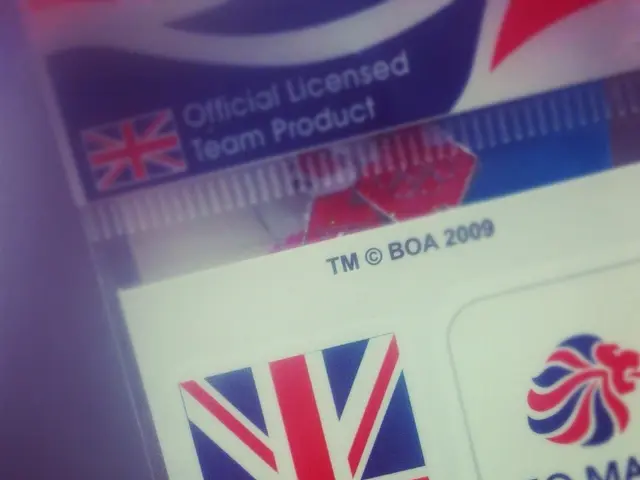Essential details about the mandatory REAL ID standards for air travel
Loosening the Shackles: Traveling with REAL ID
After decades of delay, travelers boarding domestic flights in the United States will soon be required to present REAL ID-compliant documentation at airports, marking a seismic shift for millions of passengers across the nation.
As of this week, conventional state driver's licenses and other identification cards falling short of federal standards will no longer suffice for those seeking to fly domestically and in some federal facilities, as mandated by the Department of Homeland Security.
Frantic residents have flocked to motor vehicle offices nationwide to upgrade their IDs to meet the deadline, prompting concerns of overcrowding and lengthy lines from state officials.
Below is what you need to know about REAL ID:
What is a REAL ID?
A REAL ID is a secure, state-issued driver's license, learner's permit, or identification card that aims to bolster security. By May 7, 2025, all U.S. residents must present a REAL ID-compliant form of identification to access federal facilities, nuclear power plants, and board commercial aircraft. The card itself must be REAL ID compliant, unless the individual presents an alternative acceptable document such as a passport or passport card, or state-issued Enhanced Driver's License.
The REAL ID-compliant identification cards will feature a star in the upper right corner. The symbol's color may vary depending on the issuing state.
The Road to REAL ID: A Journey Begun in 2005
Congress passed the REAL ID Act in 2005 as part of the 9/11 Commission's recommendations for the federal government to "set standards for the issuance of sources of identification, such as driver's licenses." The act fundamentally changed the minimum security standards and prohibits federal agencies from accepting identification cards that do not comply with REAL ID regulations.
Stepping Stone to Security
Acquiring a REAL ID
Individuals can obtain REAL IDs by visiting their state's driver's licensing agencies. It is advisable to check the agencies' websites for specific requirements and procedures. At a minimum, individuals will need documentation verifying: full legal name, date of birth, Social Security number, two proofs of address, and lawful immigration status. Certain states may impose additional requirements, so it is essential to consult your state's licensing agency's website beforehand.
The Countdown to REAL ID Implementation
The TSA has recommended travelers to allow extra time for parking and checking in with airlines. Passengers should also ensure they have a valid REAL ID, passport, or other acceptable identification to avoid any complications at TSA checkpoints.
If passengers present unacceptable documentation and lack alternative, acceptable forms of identification such as passports or Enhanced IDs, they may be directed to additional screening, following completion of an identity verification process. Those without proper identification may not be permitted to enter the security checkpoint.
- As the airline industry prepares for the implementation of REAL ID, passengers are advised to check the requirements and procedures for acquiring a REAL ID-compliant ID at their state's driver's licensing agencies.
- By May 7, 2025, all domestic travelers will need a REAL ID-compliant form of identification to board commercial aircraft, a move that aims to boost security within the aviation sector and the transportation industry overall.
- The travel lifestyle of millions of Americans will be impacted as REAL ID-compliant documentation will soon be required for boarding domestic flights and accessing some federal facilities, including nuclear power plants.
- Within the transportation sector, the finance industry is also affected, as the REAL ID Act of 2005 sets standards for the issuance of identification documents, which have subsequently changed the minimum security standards across the industry.
- While the implementation of REAL ID may cause temporary disruptions due to increased demand for compliant IDs as the deadline nears, it contributes to a broader initiative to strengthen security within the domestic travel and lifestyle landscape, as mandated by the Department of Homeland Security.






